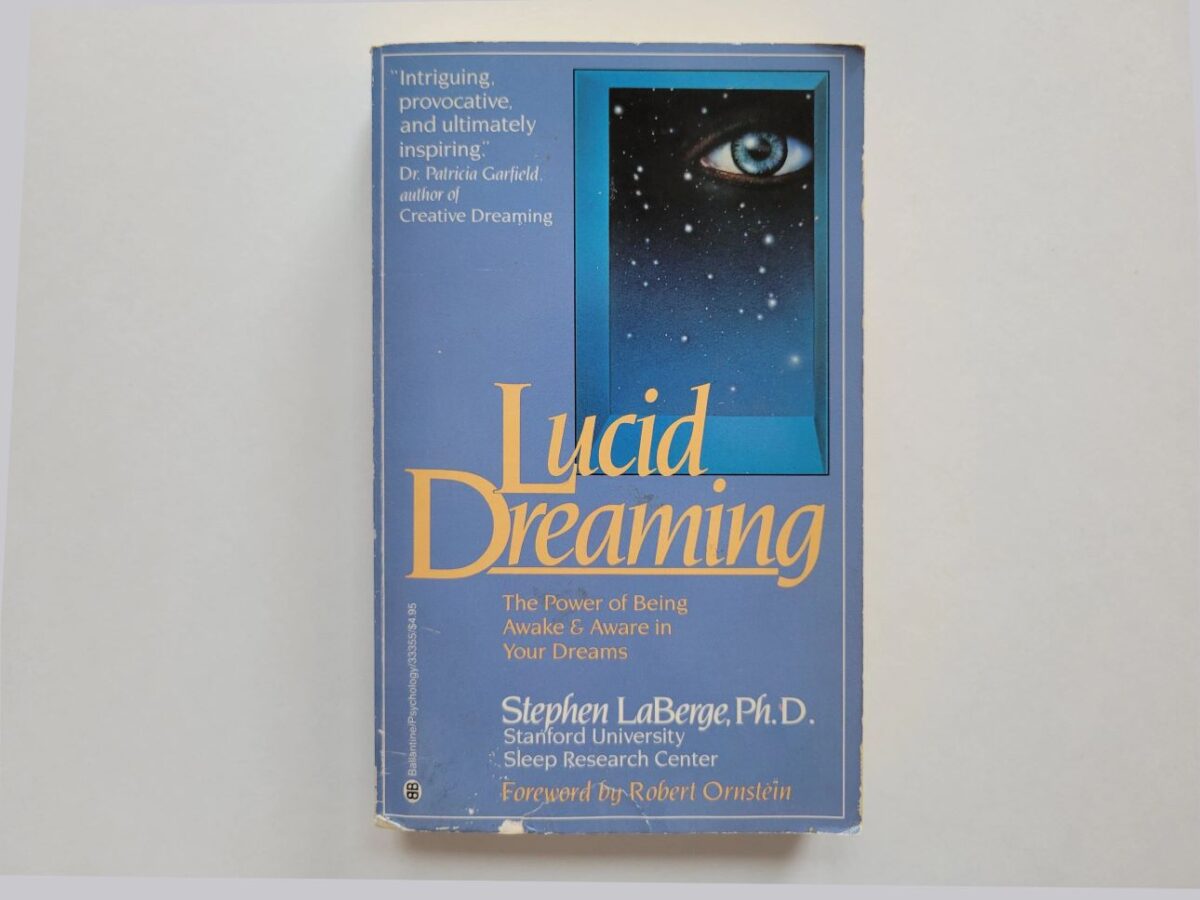Description
One-time lectures are 1 to 4 hour events in the form of either commercial undertakings or free introductory lessons that aim to recruit groups of paying students. This type of training session is suitable not only for small groups (or even just a single student), but also for thousands of people in enormous auditoriums. This kind of training session may be used to popularize your services at various personal development centers, esoteric bookstores, and even schools and universities for the public at large. This is more an introduction to the phenomenon than instruction in it, and therefore the audience will be much wider than usual.
It’s best to hold such sessions on Friday evening or during the day on weekends. How often you hold the lessons depends on the size of the groups. If the group size is small (i.e. up to 50 people), you might hold sessions on a monthly basis in small cities and on a weekly basis in large ones. However, it’s not worth it to gather hundreds of attendees together more frequently than once every few months, even in cities of over a million people.
Since for the majority of attendees it will be only a one-day session, there’s no way to track the success rate or really teach anything in full. The only person who can force an attendee to sit down and learn or find out more about the subject is the attendee himself. Therefore, the main task of the instructor is not so much to impart methods for mastering out-of-body travel and lucid dreaming as it is to motivate people to take up its practice. It goes without saying that the public will demand the revelation of the most basic methods, but that should not be your main focus. It’s best to spend the majority of your time inspiring and astounding people, as well as opening their eyes to the possibility of living in two worlds and how they can apply it in various areas of their everyday lives.









